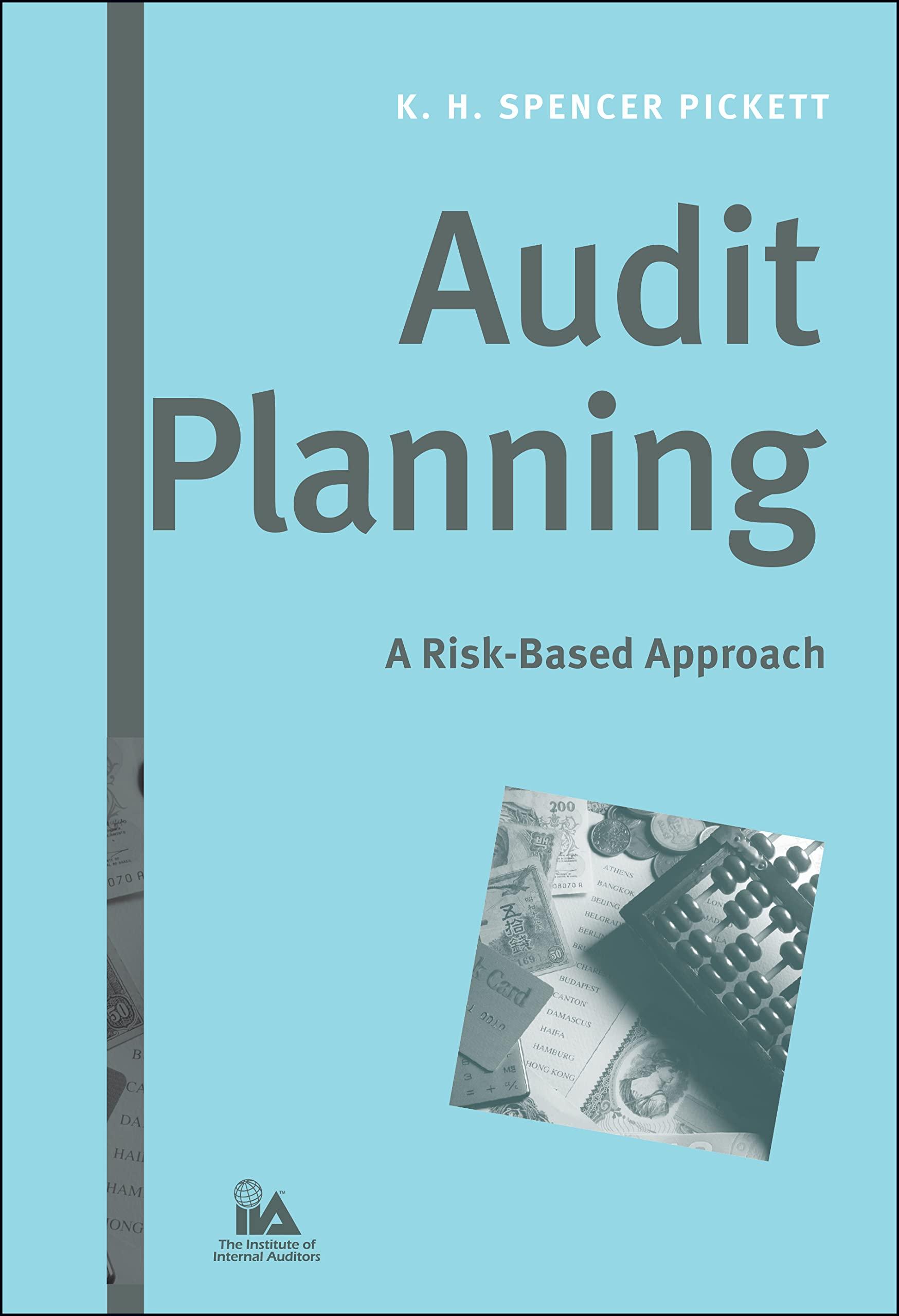Answered step by step
Verified Expert Solution
Question
1 Approved Answer
Revise your worksheet to reflect these updated assumptions and then answer the questions that follow. Current Previous Cash $86,000 $76,000 Accounts receivable 56,000 61,000 Inventory
Revise your worksheet to reflect these updated assumptions and then answer the questions that follow.
| Current | Previous | |
|---|---|---|
| Cash | $86,000 | $76,000 |
| Accounts receivable | 56,000 | 61,000 |
| Inventory | 116,000 | 96,000 |
| Long-term assets | 284,200 | 171,000 |
| Total assets | $542,200 | $404,000 |
| Current | Previous | |
|---|---|---|
| Current liabilities | $96,000 | $86,000 |
| Long-term liabilities | 152,000 | 142,000 |
| Total liabilities | 248,000 | 228,000 |
| Stockholders equity | 294,200 | 176,000 |
| Total liabilities and stockholders equity | $542,200 | $404,000 |
| Current | |
|---|---|
| Net sales | $480,000 |
| Cost of goods sold | 245,000 |
| Operating expenses | 76,000 |
| Interest expense | 13,600 |
| Income tax expense | 27,200 |
| Net income | $118,200 |
Please answer the questions below in the screenprint: 
Step by Step Solution
There are 3 Steps involved in it
Step: 1

Get Instant Access to Expert-Tailored Solutions
See step-by-step solutions with expert insights and AI powered tools for academic success
Step: 2

Step: 3

Ace Your Homework with AI
Get the answers you need in no time with our AI-driven, step-by-step assistance
Get Started


